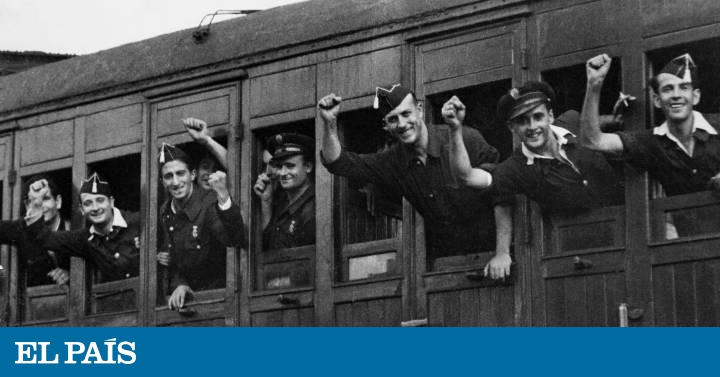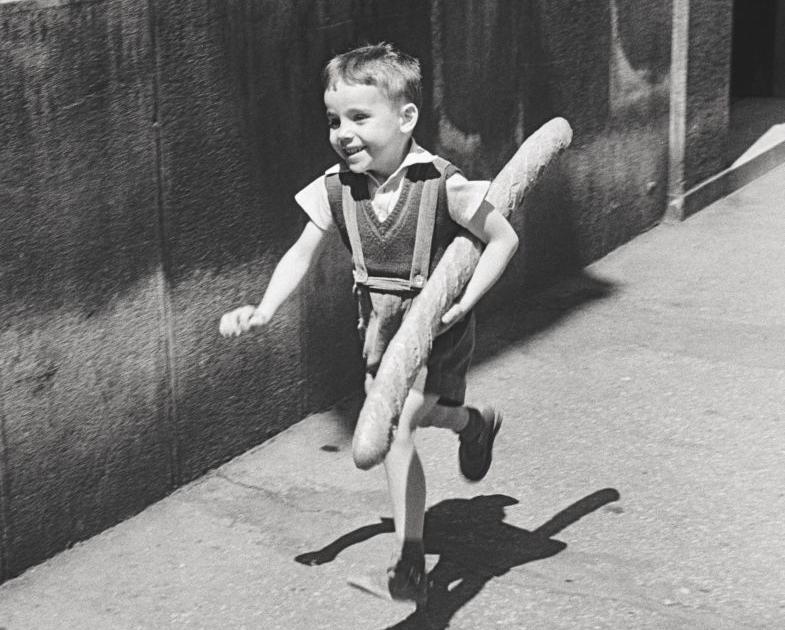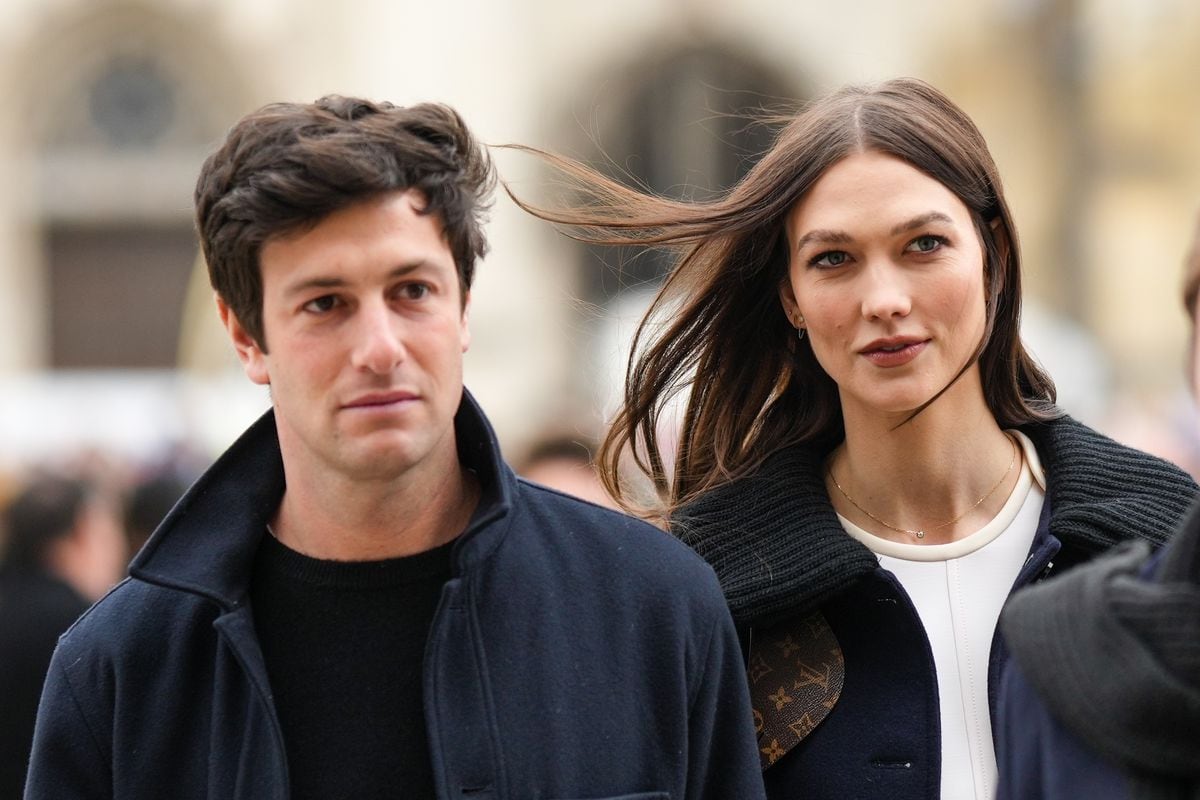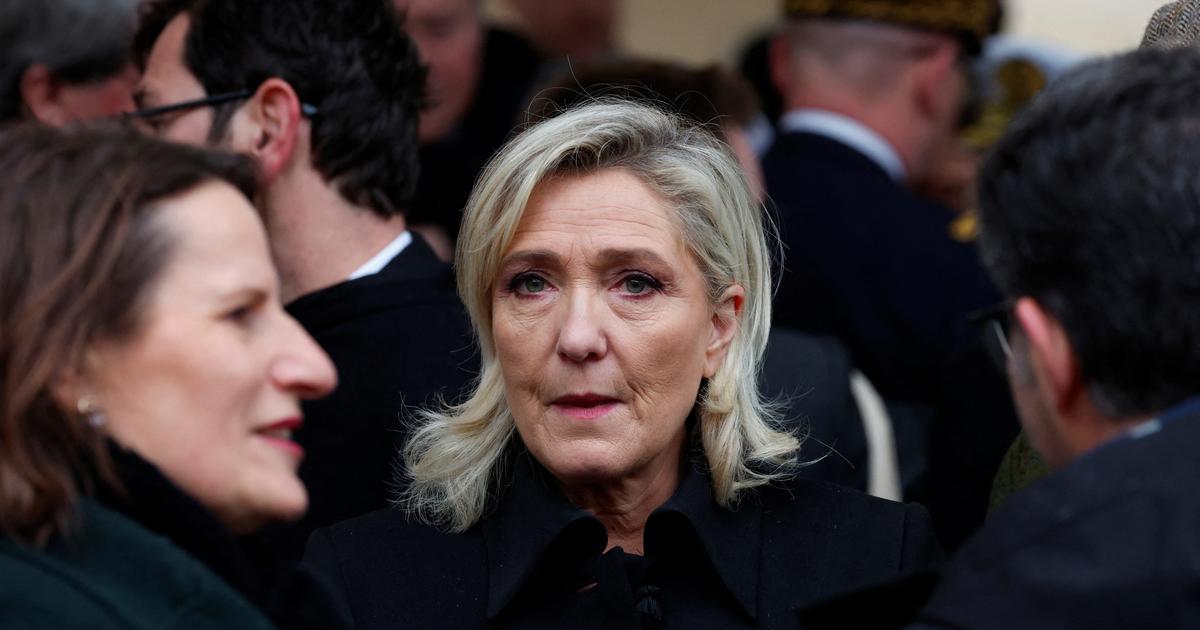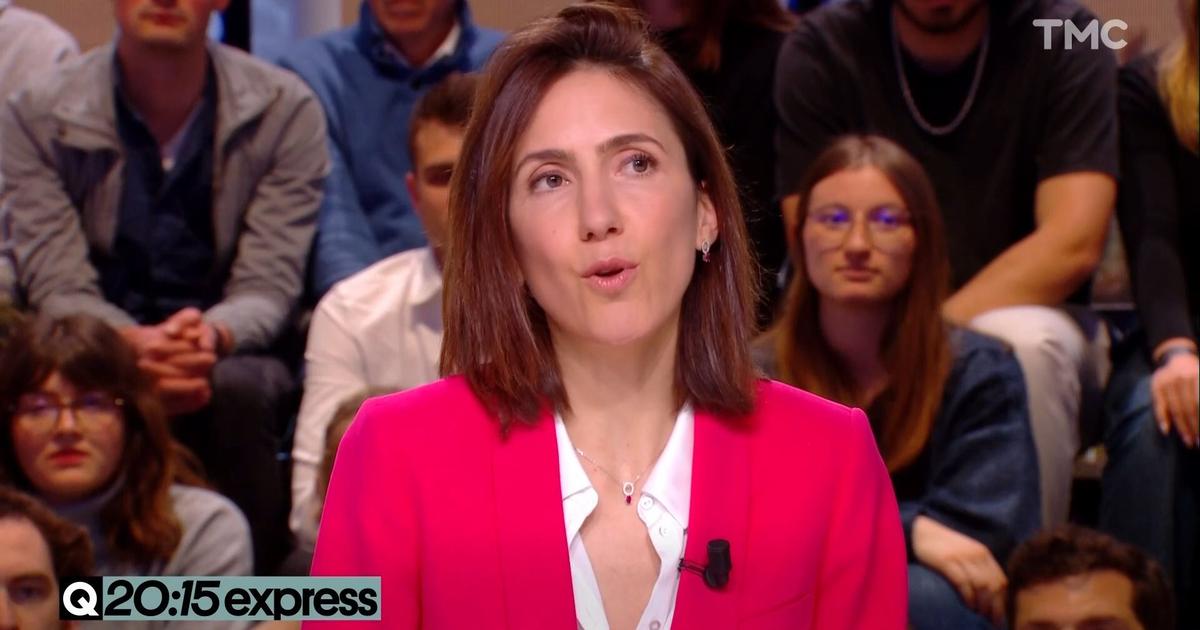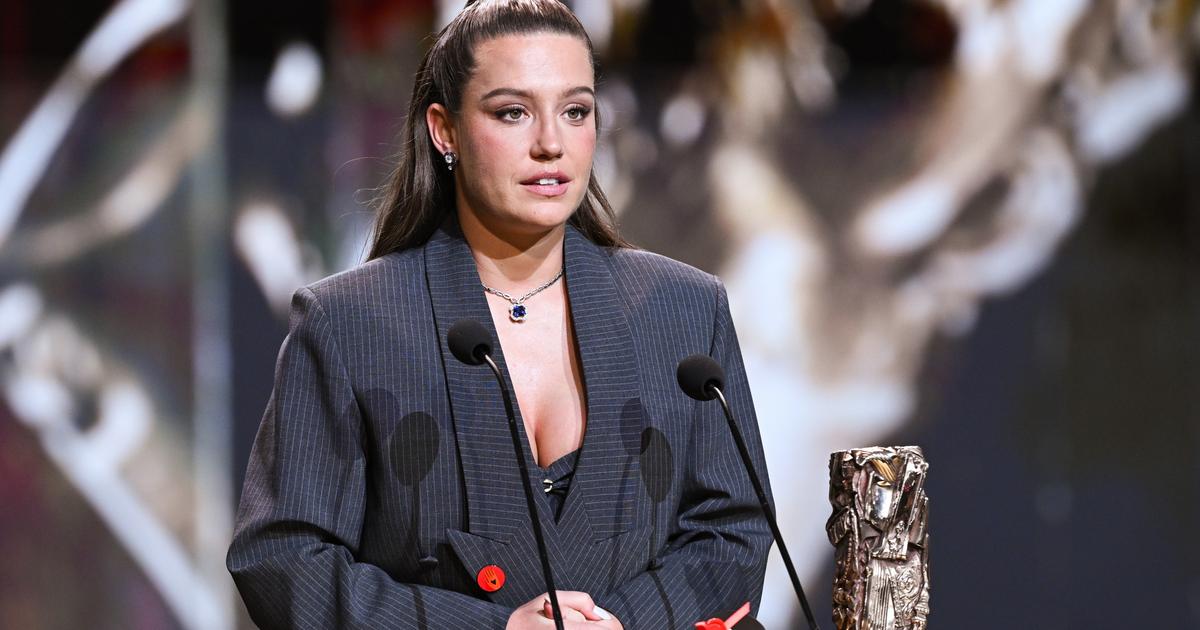“For Gerda Taro [photojournalist and her partner].
That he spent a year on the Spanish front.
And he stayed ”, wrote Robert Capa (Budapest, Hungary, 1913 - Thái Bình, Vietnam, 1954) in the dedication of
Death in the Making
.
Originally published by Covici-Friede, it would hit New York bookstores in February 1938, accompanied by an exhibition.
It was the first book signed by the legendary photographer and brought together the photographs captured during the first year of the Civil War on different Republican fronts accompanied by a narration written by the artist himself.
Images and words that relate the days of those who tried to stop the fascist insurrection.
“As you will see it has an embarrassing print quality.
Nothing has been retouched and all images have been printed in a kind of gray sauce, ”Peter Köster, Capa's agent, wrote to the photographer.
However, it was one of the first photobooks in history and would help cement the author's reputation as a war photographer.
La Fábrica, in collaboration with Damiani and the International Center of Photography (ICP), publishes for the first time the long-awaited version in Spanish.
A kind of remastered edition of the original published under the title of
The Budding Death.
MORE INFORMATION
PHOTOGALLERY'Death in the making ': a visual requiem of war
“When we arrived in Barcelona on August 5, the fighting was over.
Shots did not echo in the streets.
The dead had been taken away.
In effect, the people had triumphed after storming the rebel garrisons, as had happened in Madrid.
Franco's coup had failed in the two largest cities in Spain, ”wrote Capa.
The use of the first person plural could well refer to all the foreign journalists who came to document the fight, or to him and Gerda, his lover, also a German photographer.
They had been working together for two years.
He taught her to shoot a camera.
Together they reinvented themselves and decided to change their names, Gerta Pohorylle and André Friedmann, to Gerda Taro and Robert Capa.
For a time they used the name of Robert Capa to commercialize the images made by both, which has often made it difficult to guess their author.
Later they became independent and he kept the name.
Their courage and passion led them to become the most famous war photographers of their time, pioneers of photojournalism.
The book includes 24 images of the young photographer, 111 by Capa, or attributed to him, since more than one could be either Taro or Capa, and 13 by David Seymour, known as
Chim
, however, the publication only carries Capa's name on the cover.
“In the original book, Taro's name appears on the first page and in the dedication, the problem is that the edition did not specify the authorship of each image.
Something that has been corrected in this new version ”, explains Cynthia Young, who has been curator in charge of the Capa archive at ICP for 20 years, and is the author of a text that is included in the book.
Capa was really the author.
It was he who wrote it, so it is not surprising that Taro does not appear on the cover since she was not the author.
Although they worked together on other projects, it is not known if the book was conceived with her in her lifetime.
I am inclined to think that this happened when Capa arrived in New York in the fall of 1937. "
What is more difficult to explain is the total absence of Chim's name.
“It could be that when the unnamed photos arrived in New York, Capa was not there, and the designers attributed them all to him.
In fact, the originals all bear the Capa stamp ”, says the curator.
"It is unknown how Chim reacted to seeing the book but what is clear is that the two continued to maintain a very good friendship until the end of their days."
Robert Capa
The three photographers were young Jewish refugees, they had a not very close but close working relationship.
They considered his eagerness to document the struggle against fascism and his defense of the republic in a way as a civil service, something that could be in contradiction with the neutrality that today is somehow expected of the photojournalist.
“His work clearly reflects this.
But at that time this was not a problem, ”Young points out.
“The publications they worked for also showed a bias.
Some, like the British
The Sphere,
or
Life,
who tried to be more objective, manipulated the captions to give a more neutral tone to the images;
other magazines changed them in the same way in order to make them more pro-republican.
Little control could be exercised by a photographer over his work.
I think the strength of the work of these three photographers comes from that deep connection with one of the sides.
It's what keeps me in power. "
All three believed that photography was capable of changing the world, something that we are not so sure of now, and they tried to demonstrate that power in a war where civilians became targets for the first time, something that logically had a great impact on the readers.
His audacity, bravery and dedication to the cause shaped the myth of the war correspondent.
“All three died working, Taro lost his life in the battle of Brunete, Capa in Vietnam and later Chim in Egypt.
They believed it was worth the risk to make the images reach readers.
Yet they never expressed it verbally or in writing.
It is a concept that grew after their deaths and that also serves as a reminder of the price of getting so involved in the conflict, ”says the commissioner.
The publication of the original book was an attempt to renew the support of the United States for republican Spain, promoted by different groups and associations.
The project was forged with the intervention of the Hungarian photographer André Kertész, who would be in charge of the original design.
It has a prologue written by the journalist Jay Allen, and as the cover
Death of a Militiaman
was chosen
, which would go on to become an icon of the war.
Curiously, the image was not included in the interior.
Among the controversies it arouses is the debate over its alleged staging, something on which a consensus has not yet been reached.
In any case, “staging had been a common practice in war photography, since until then large-format cameras were used that required a long exposure.
So portraits of combatants and images of empty battlefields abounded, ”Young says.
Even with the advent of the tiny 35mm cameras that made the action possible, the staging remained normal.
“It is precisely during the course of the Spanish Civil War when there is a radical change not only in the way images are produced, but also in how they are read and considered by readers, and in the emphasis given to photojournalists ;
they will begin to be recognized as authors.
Until then, photo essays were scarce in the press and photographs were rarely signed ”.
The authorship of
Death of a militiaman
has come to be questioned.
One hypothesis contemplated the possibility that it had been made by Taro.
"It is based on the belief that the dimensions of the prints suggest that they come from a medium format camera", explains the curator.
“Taro used one of these cameras, a Korelle Reflex, hence it is believed that she was the author.
But I do not agree with the analysis of the dimensions.
I don't think it can be concluded from the impressions that we have what type of camera was being used.
And, if she really had been the author, it does not make sense that she would have agreed to Capa using the image under her name, as in fact he did.
She was a strong woman ”.
Taro went from being Capa's apprentice to being recognized for her work in less than a year.
It is precisely in the period from her arrival in Barcelona in 1936 until her death that Taro's autonomy and style as a photographer is consolidated.
Even so, his figure would remain for a long time blurred by the photographer's fame. “He had talent and ambition and without a doubt he was a powerful force in the life of the photographer and in his work, something that is clear if you look closely at how the work of both of them.
It was an incredibly strong and fruitful relationship, ”Young says.
“Part of the work that Taro made in 1937 stands out for its strong graphic nature.
His influences came from the Russian constructivist cinema.
Capa didn't have this graphic sense of vision ”.
Their differences in style are more evident in the report that Taro made in a morgue in Valencia after a bombing.
“His proximity to death, his way of confronting it, is striking.
Capa rarely photographed death directly.
Taro's approach to photography was much more physical.
Much more emotional and even psychological ”.
Death in the Making
is a passionate book written with the intention of capturing the reader's attention.
“It is not a cold, objective and hard story but rather it tries to make people laugh and cry;
it incorporates light moments loaded with humor, as well as dark and terrifying moments, "concludes Young.
“The images reflect Capa's personality and also how he used photography throughout his life to capture a part of the human experience.
I wanted to make the reader of 1936 see what the lives of others are like. A reader who did not travel, nor could he obtain information from different sources.
The current perspective is very different.
And frankly, I don't think he could have done what he did today ”.
Robert Capa. Death in the making.
The Factory, 110 pages.
36 euros.

